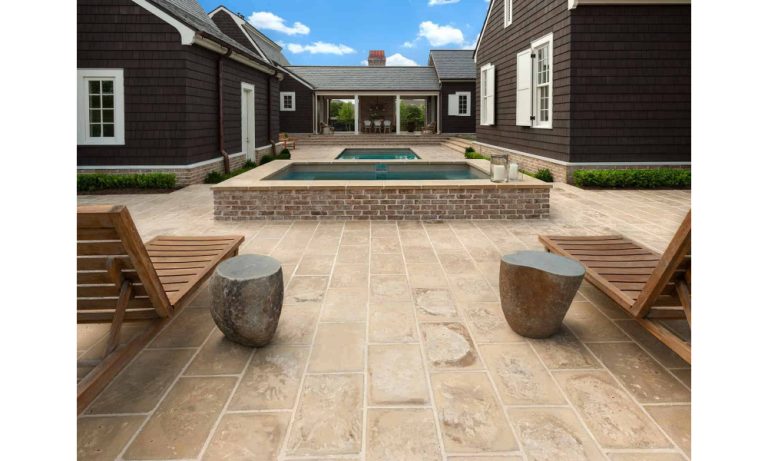
All of our synthetic lawn models are composed of a permeable draining surface. It has all the assets to face the problems generated by the rain:
Its Permeability: One Hole Every 15 Cm
The weft of the artificial grass is regularly perforated every 15 cm. This constellation of holes (about 3 mm each) allows perfect, homogeneous, and rapid evacuation of rainwater over its entire surface. The rain will pass through the grass.
An Evacuation Volume Capable Of Coping With Apocalyptic Storms
In regions where rainfall can be violent. It is interesting to identify the volume of water that the lawn will be able to evacuate per hour:
With a drainage capacity of up to 360 liters of water per hour per m², it is still possible for a synthetic turf covering to drain many liters before saturation. Consider the advertised evacuation capacity. Your artificial lawn, wherever it is installed, can shed rainwater, even in heavy rainfall.
Laying Artificial Turf On Soft Ground: An Effective Weapon Against Gully Erosion
Even in the event of heavy rain, the passage of water through synthetic turf is more regular and uniform. This new coating will make it possible to perpetuate the earthwork carried out and prevent the formation of craters or erosion furrows. Installing a synthetic lawn improves drainage and protects your land from violent erosion during heavy rains.
Drainage Of Rainwater On Your Artificial Lawn: Points Not To Be Overlooked
In terms of artificial turf, it is the quality of the laying that guarantees good drainage. The preliminary analysis of your support must determine the obstacles to a good evacuation and bring a satisfactory solution during the ground preparation.
Balcony or terraces: no “glue barriers” around the evacuation points
When you glue the edge of your balcony or any other hard surface to fix the artificial lawn, check that the glue does not hinder the flow: always leave a good path for water.
Check And Correct Slopes
Whether it’s a garden or a terrace, water flowing over an artificial lawn or grass grid follows the same paths and behaves exactly as on the bare ground. Using a jet, observe how the water evacuates on the bare ground (before the laying of the lawn) and rectify the counter-slopes.
Guiding idea to remember: whether it is a garden, a balcony, or a terrace, the water flowing over an artificial lawn follows the same paths and behaves exactly as on the bare ground. We recommend that you wet the area to be treated with a jet, check for leaks, and let it dry before laying.




